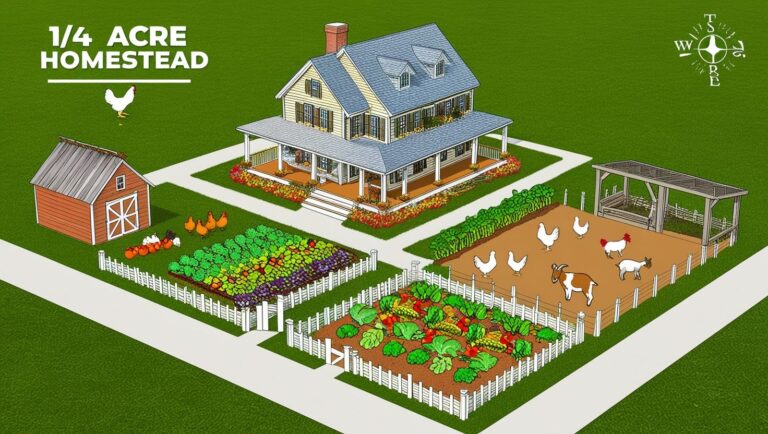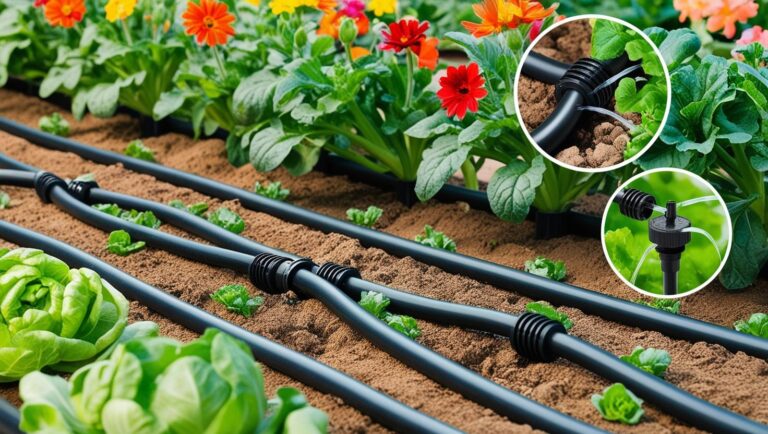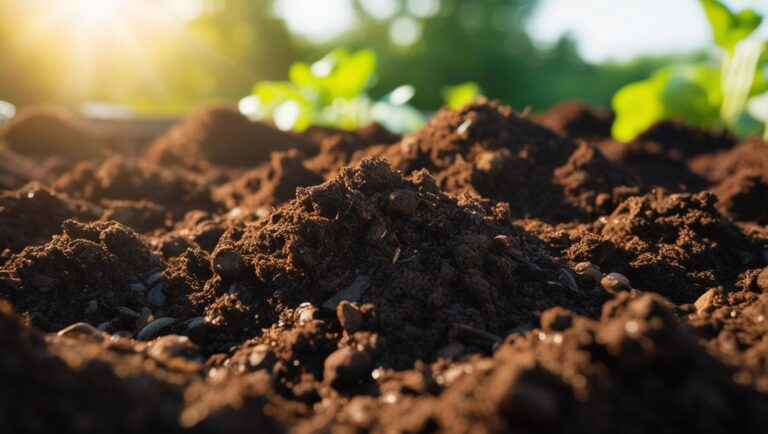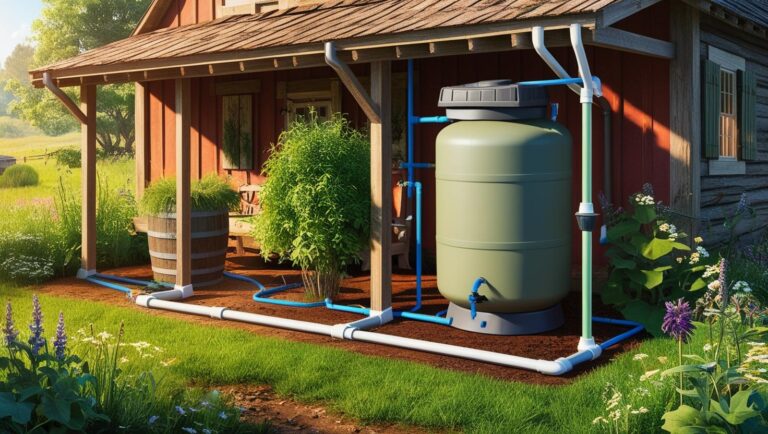Meta Description (150 characters): Discover practical energy-saving hacks for your small homestead! From solar solutions to water conservation, learn how to reduce costs and live more sustainably in 2025.
Did you know that the average homestead can reduce its energy consumption by up to 60% with the right strategies?
As energy costs continue to rise, small-scale homesteaders are getting creative with their sustainability solutions.
I’m excited to share the most effective hacks that have transformed my homestead from an energy-guzzler to a model of efficiency!
Smart Solar Solutions for Homestead Buildings
You know what’s funny? My first attempt at a DIY solar window heater was a complete disaster!
I’d spent hours watching YouTube videos and thought I had it all figured out. Picture this: recycled aluminum cans painted black, all neatly arranged in an old window frame. I was so proud… until I realized I’d positioned it on the north side of my workshop.
But here’s the thing – those early mistakes taught me some invaluable lessons about harnessing solar power on a homestead.
The key is starting small and being strategic about placement. That DIY solar heater I mentioned? Once I relocated it to the south-facing wall of my workshop, it reduced my heating costs by 35% during winter months!
Let me share a tip that transformed my homestead’s energy efficiency: strategic tree planting. I worked with a local arborist to plant deciduous trees on my main buildings’ south and west sides.
These leafy giants act like nature’s air conditioning in summer, dropping their leaves in winter to let that precious sunlight through. The best part? My cooling costs dropped by 40% in just three years as those trees matured.
Speaking of cooling, let’s talk about reflective roofing. I used to think it was just marketing hype until I installed it on my chicken coop.
The difference was immediate – my hens were noticeably more comfortable, and egg production stayed stable even during the hottest months. Pro tip: look for materials with an SRI (Solar Reflectance Index) above 100 for maximum effectiveness.
Water Management Systems That Save Power
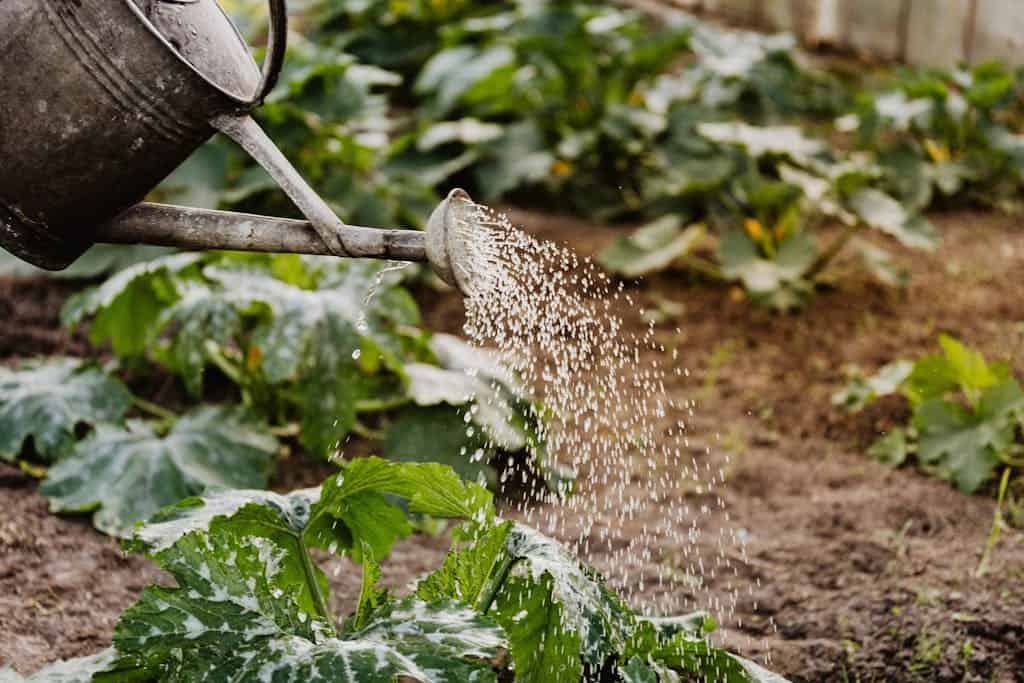
Can we talk about my love affair with gravity-fed systems? It started when my electric irrigation pump died during peak growing season.
In a panic, I rigged up a temporary gravity system using an old IBC tote positioned on a hill. That “temporary” solution has been running smoothly for three years now, without using a single watt of electricity!
Here’s something that revolutionized my watering routine: I installed a series of rainwater collection points at different elevations around the property. The higher tanks feed into lower ones, creating a natural pressurized system that requires zero energy input. It’s not just about saving power – the plants seem to thrive on rainwater compared to well water.
The real breakthrough came when I invested in a solar-powered well pump. Yes, the upfront cost made me nervous (about $2,500 including installation), but it paid for itself in under two years.
Grey water recycling was my latest project, and honestly, it’s been a game-changer.
I now route water from my washing machine directly to my orchard through a simple filtration system. The fruit trees are thriving, and I’m saving about 100 gallons of water weekly.
Just make sure to use plant-friendly laundry detergents.
Energy-Efficient Animal Housing Solutions
Let me tell you about my biggest homestead breakthrough: natural ventilation in animal housing. After losing several chickens to heat stress during a particularly brutal summer, I completely redesigned my barn ventilation system.
The key was understanding the stack effect – warm air naturally rises, creating a convection current that pulls in fresh air from below.
I installed adjustable vents at ground level and cupolas along the roof ridge. The transformation was incredible!
Not only did my animals stay cooler, but the improved air quality also led to noticeably healthier livestock. The best part? No fans, no electricity, just physics doing its thing.
Thermal mass has become my secret weapon for temperature regulation. I incorporated thick stone walls into my new goat barn, and the difference is remarkable.
During summer, the interior stays about 15 degrees cooler than outside temperatures. In winter, the stored heat helps keep the space warm overnight.
Yes, it was labor-intensive to build, but the energy savings and animal comfort make it worthwhile.
My journey with LED lighting was a bit bumpy at first. I initially tried to save money with cheap solar-powered LEDs, only to have them fail within months.
Now I use high-quality LED fixtures with motion sensors, which actually use less energy because they’re only on when needed. The motion sensors have an unexpected benefit – they alert me to any nighttime predator activity around the coops!
Kitchen and Food Storage Energy Hacks
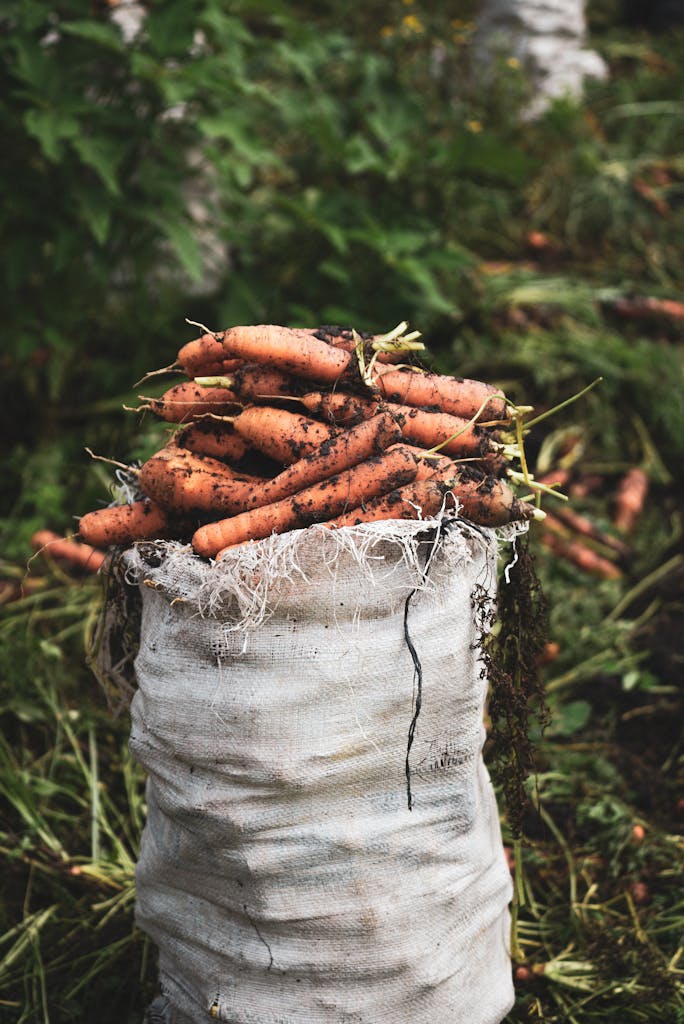
Building my first solar dehydrator was a revelation! After years of running an electric dehydrator for hours on end, I decided to try a solar version.
The design is surprisingly simple – essentially a box with a clear top, black interior, and vented shelves. I’ve dried everything from herbs to fruit slices, and the results are fantastic. Plus, there’s something satisfying about preserving food using nothing but sunlight.
The root cellar project was a serious undertaking, but it’s been worth every shovelful of dirt. I dug mine into a north-facing hillside and used recycled concrete blocks for the walls.
The temperature stays between 35-45°F year-round without any mechanical cooling. Last winter, I stored potatoes, carrots, and apples for six months with minimal losses.
My outdoor summer kitchen started as a simple pavilion with a rocket stove, but it’s evolved into a full outdoor cooking space.
Moving cooking activities outside during hot months keeps the house significantly cooler, reducing our AC needs.
Alternative Power Generation Methods
Let me be honest with you – while I haven’t personally installed these alternative power systems on my homestead yet, I’ve spent countless hours researching them and talking with other homesteaders who use them.
After all, diving into alternative power isn’t something you want to do without proper planning!
From my research and conversations with experienced homesteaders, micro-hydro power systems seem like an incredible option if you’re lucky enough to have flowing water on your property.
Unlike solar panels that only work during daylight hours, these systems can generate power 24/7.
I’ve been particularly intrigued by the case study of a homestead in Vermont that powers their entire property with a system installed on a stream with just a 20-foot elevation drop. They report generating around 3-4 kWh per day – enough to run essential appliances and lighting.
When it comes to small-scale wind energy, I’ve learned that location is absolutely crucial. Through my conversations with wind power users, I’ve discovered that you really need average wind speeds of at least 8-10 mph for a small turbine to be worth the investment.
What’s fascinating is that even a modest 400-watt wind turbine, when properly sited, can generate enough power to handle basic lighting and small appliance needs.
Here’s something that really caught my attention during my research: bicycle-powered generators! While they won’t power your entire homestead, they’re a fantastic backup option and, from what I’ve read, surprisingly effective for small tasks.
A homesteader in Michigan told me she uses hers to charge phones, laptops, and run LED lights during power outages. Plus, it doubles as exercise equipment during those long winter months!
The concept of methane digesters has totally captured my imagination, though I haven’t built one yet. The science behind them is fascinating – they break down animal waste and other organic materials to produce biogas for cooking and heating.
I’ve been studying designs from homesteaders in warmer climates who use them successfully. One family in Texas powers their entire outdoor kitchen with biogas from their digester, processing waste from just two cows and some kitchen scraps.
Before jumping into any of these systems, I’d strongly recommend doing what I’m doing: thoroughly researching, talking with experienced users, and starting small.
These alternative power sources have amazing potential, but they require careful planning and consideration of your situation.
Remember, while I haven’t personally tested these systems yet, the experiences shared by other homesteaders and the extensive research suggest that combining several of these methods might be the most reliable approach for achieving energy independence.
It’s all about finding the right mix for your location and needs.
Implementing these energy-saving hacks not only reduces your homestead’s environmental impact but also increases your self-sufficiency and resilience.
Start with the solutions that make the most sense for your specific situation, and remember that even small changes can lead to significant savings over time.
Ready to transform your homestead into an energy-efficient haven? Pick one hack from this guide and take action today!


